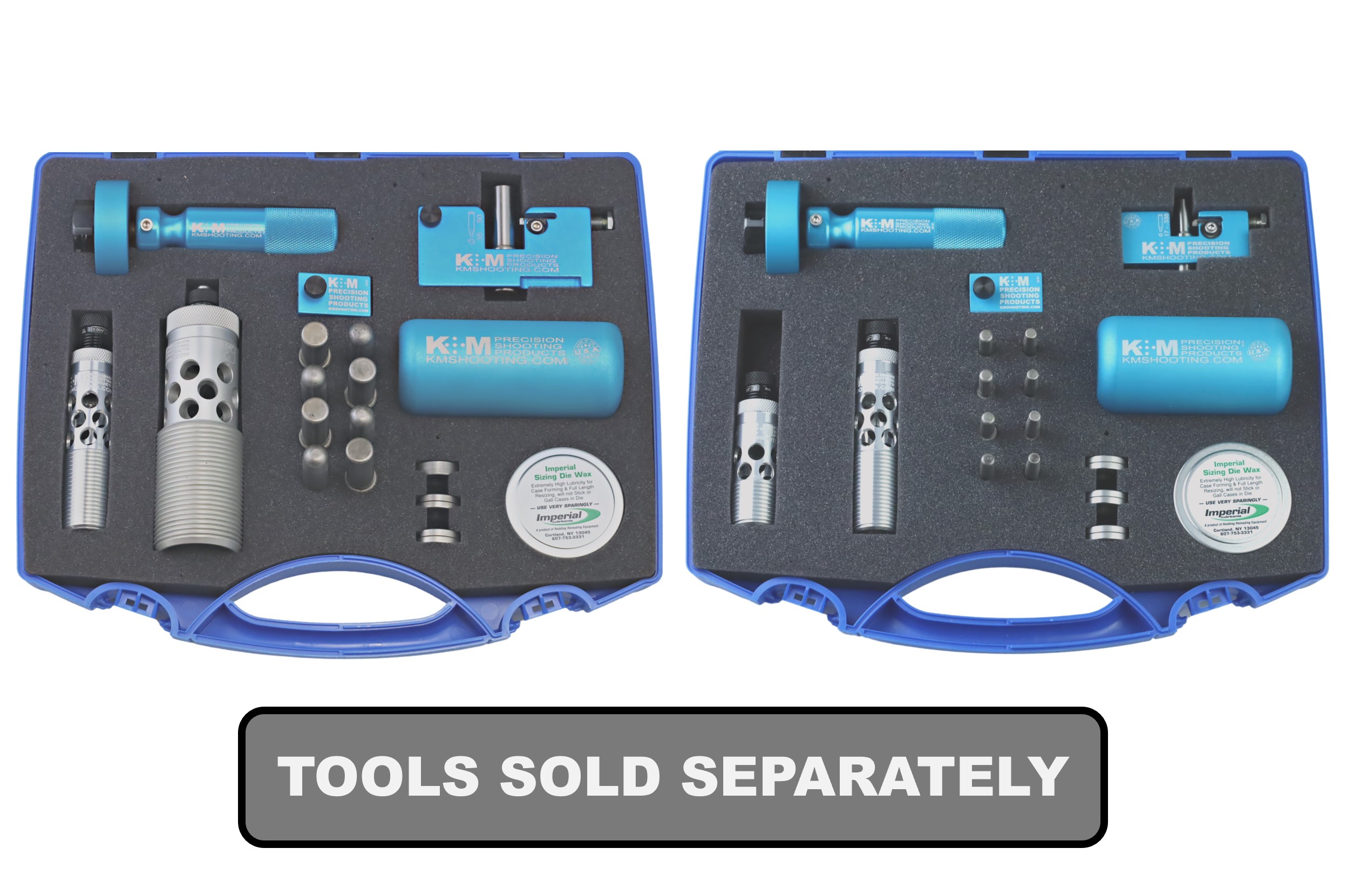Anybody get the K&M Neck Turning tool with pilot for 6.5mm ... and find that the pilot is too big to fit your sized brass? Mine came today, and the only way to get the pilot to fit into the case mouth is to open it up to .2645 ... but I mandrel and shoot at .2625. The .2645 case mouth is way too big, causing projectiles to be really loose in the case neck. Am I doing something wrong? Did they send me the wrong pilot? Any advice out there before I call the manufacturer with this issue?
It doesn't make sense for me to mandrel to an over-size case mouth in order to neck turn ... and then have to resize down and re-mandrel to get to my shooting case neck size. Any advice is appreciated ... I've never neck-turned before, but I have it all figured out, except for this "too big pilot" problem on this device.

 kmshooting.com
kmshooting.com
It doesn't make sense for me to mandrel to an over-size case mouth in order to neck turn ... and then have to resize down and re-mandrel to get to my shooting case neck size. Any advice is appreciated ... I've never neck-turned before, but I have it all figured out, except for this "too big pilot" problem on this device.

Neck Turner Builder | Neck Turning Tools | Precision
Neck Turner Builder | Neck Turning Tools | Precision Micro Adjustable Neck Turner Tool & Best Neck Turning Tools for Accuracy

